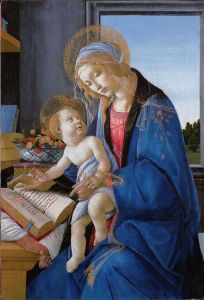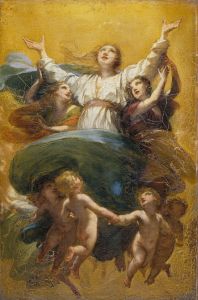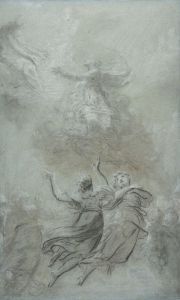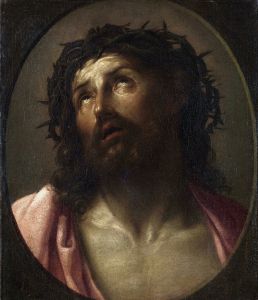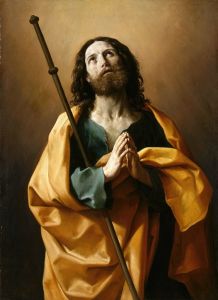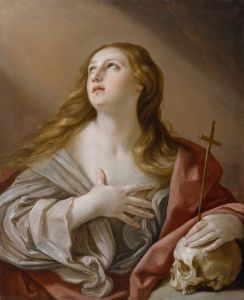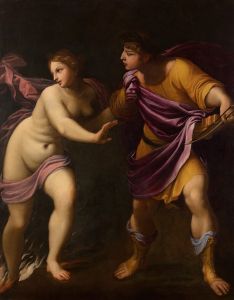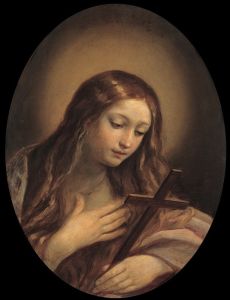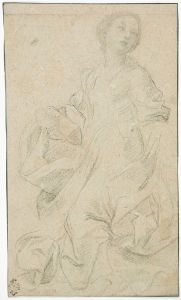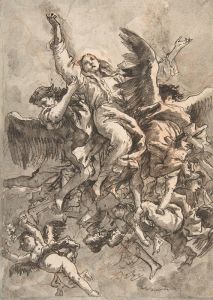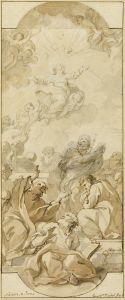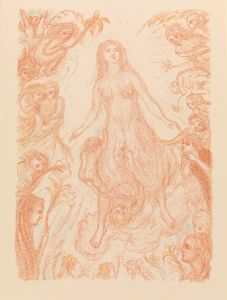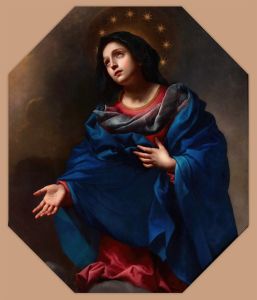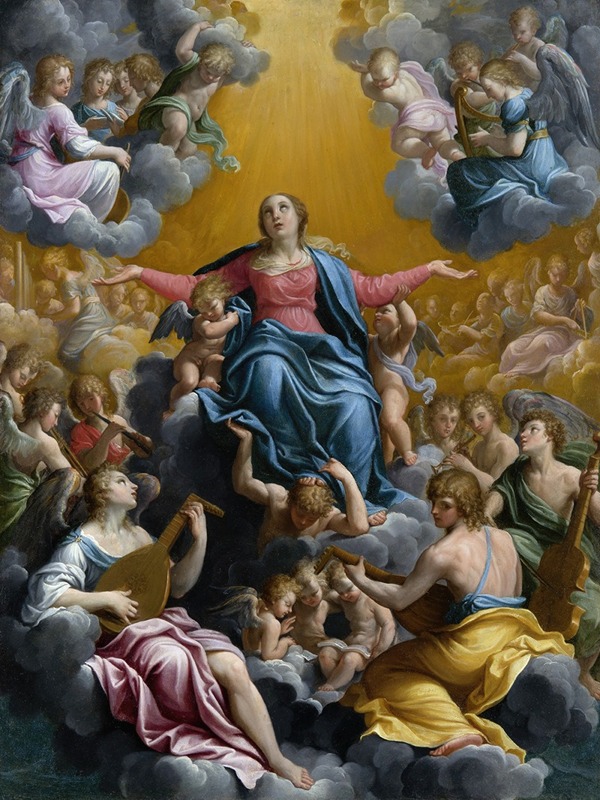
Assumption of the Virgin
A hand-painted replica of Guido Reni’s masterpiece Assumption of the Virgin, meticulously crafted by professional artists to capture the true essence of the original. Each piece is created with museum-quality canvas and rare mineral pigments, carefully painted by experienced artists with delicate brushstrokes and rich, layered colors to perfectly recreate the texture of the original artwork. Unlike machine-printed reproductions, this hand-painted version brings the painting to life, infused with the artist’s emotions and skill in every stroke. Whether for personal collection or home decoration, it instantly elevates the artistic atmosphere of any space.
The "Assumption of the Virgin" is a renowned painting by the Italian Baroque artist Guido Reni. Created between 1637 and 1639, this masterpiece is housed in the chapel of the Palazzo Quirinale in Rome, Italy. The painting depicts the Assumption of the Virgin Mary, a significant event in Christian theology where Mary is taken up into heaven at the end of her earthly life.
Guido Reni, born in Bologna in 1575, was a prominent painter of the Baroque period. He was known for his graceful and refined style, which combined elements of classical beauty with the dramatic intensity characteristic of the Baroque era. Reni's works often featured religious themes, and he was highly regarded for his ability to convey spiritual emotion and divine presence through his art.
In the "Assumption of the Virgin," Reni employs a vertical composition to emphasize the upward movement of the Virgin Mary as she ascends into heaven. The painting is characterized by its use of light and color to create a sense of divine radiance. Mary is depicted in the center of the composition, clothed in flowing blue and red garments, symbolizing her purity and her role as the mother of Christ. Her hands are clasped in prayer, and her eyes are lifted towards the heavens, expressing her devotion and acceptance of her divine fate.
Surrounding Mary are a host of angels, who assist in her ascent. These angels are depicted with delicate features and graceful poses, enhancing the ethereal quality of the scene. The background of the painting features a luminous sky, with clouds parting to reveal the heavenly realm. This use of light and cloud imagery not only adds to the visual impact of the painting but also serves to highlight the miraculous nature of the Assumption.
Reni's "Assumption of the Virgin" is notable for its harmonious composition and the serene beauty of its figures. The artist's skillful use of chiaroscuro, the contrast between light and dark, adds depth and dimension to the painting, drawing the viewer's eye towards the central figure of Mary. The painting reflects Reni's mastery of color and his ability to create a sense of movement and dynamism within a static image.
The "Assumption of the Virgin" was commissioned by Pope Urban VIII for the chapel of the Palazzo Quirinale, which served as the papal residence at the time. This commission reflects the high regard in which Reni was held by his contemporaries and his reputation as one of the leading painters of his era.
Today, the "Assumption of the Virgin" remains an important example of Baroque religious art. It continues to be admired for its artistic excellence and its ability to convey the spiritual significance of the Assumption. The painting is a testament to Guido Reni's talent and his contribution to the rich tradition of Italian Baroque painting.





